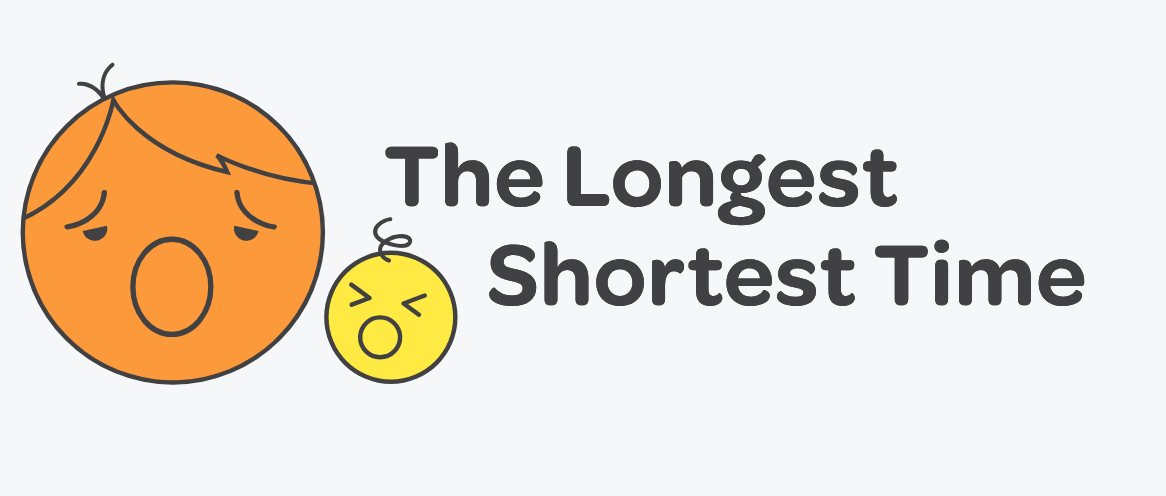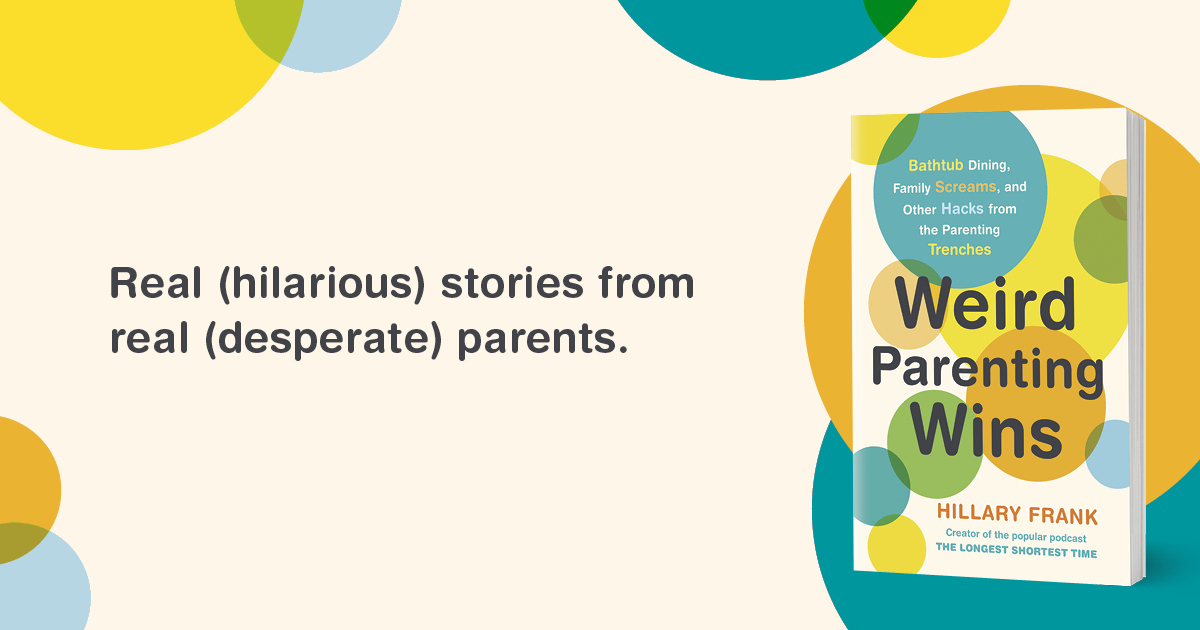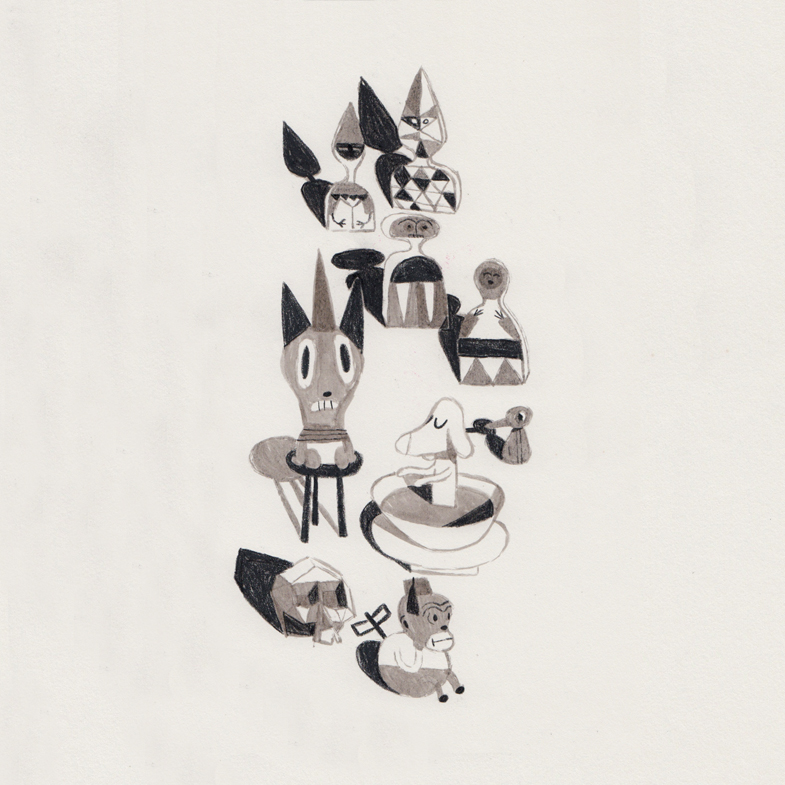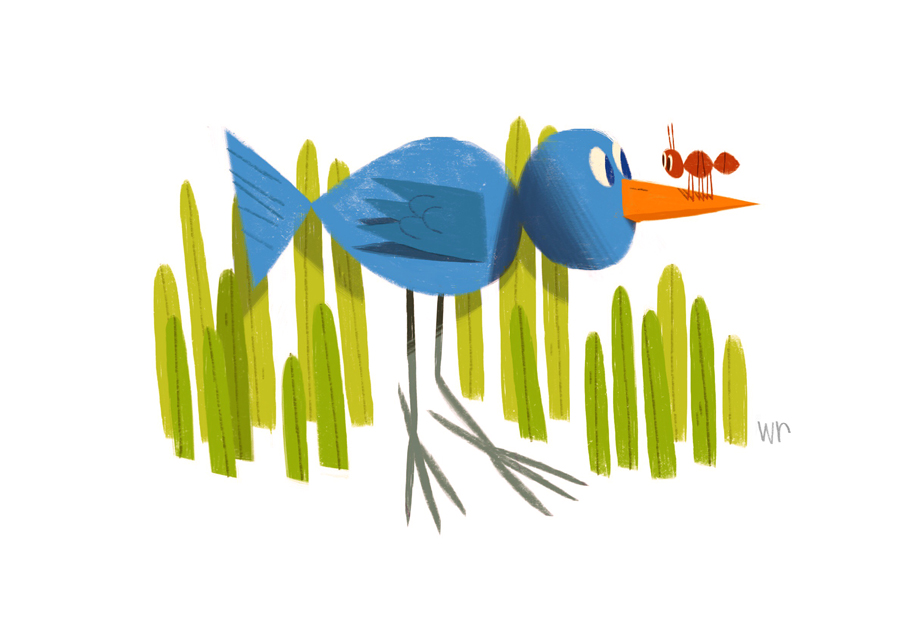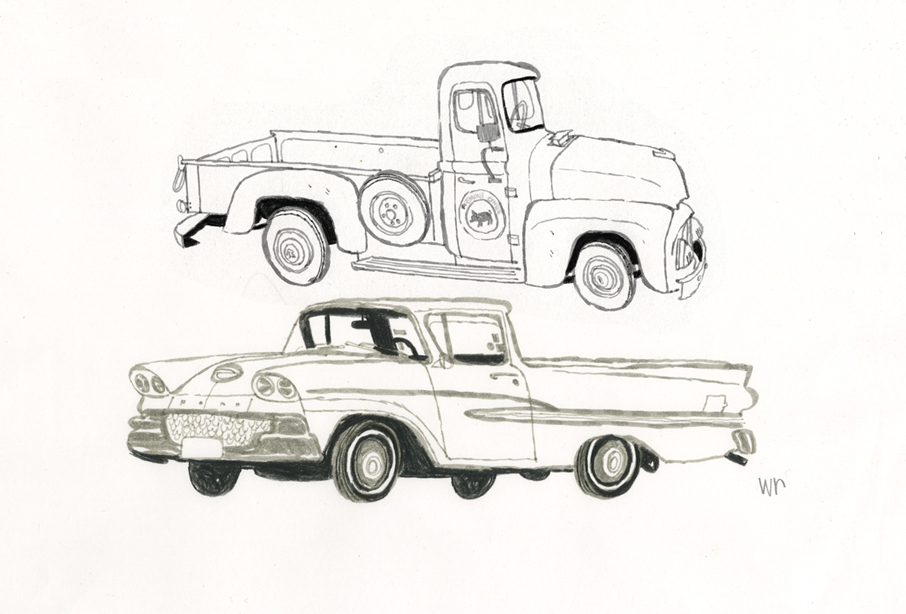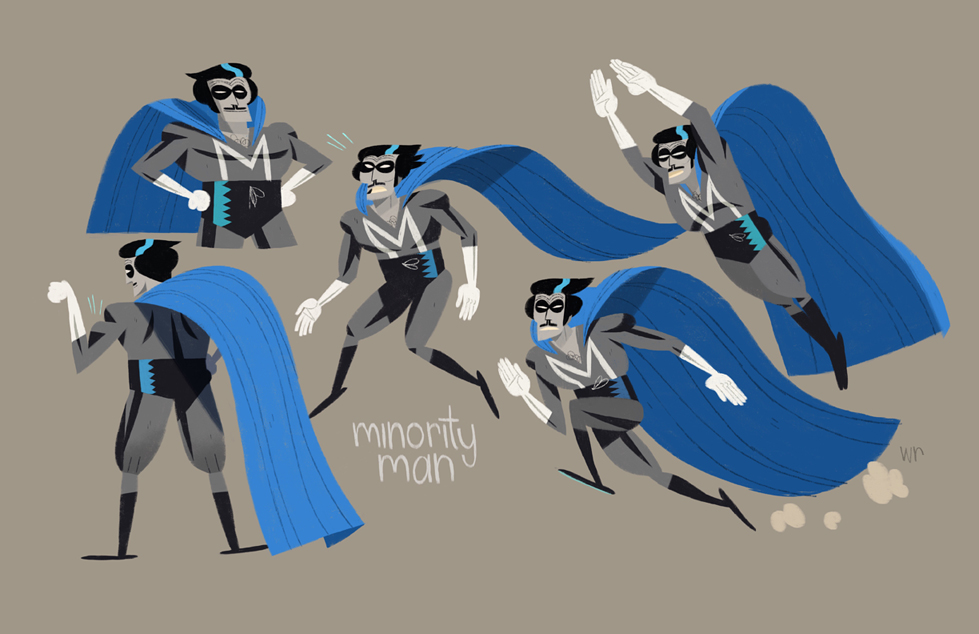Issue #8: The Home Issue
This very dear issue, which features uber talented kid-lit superstars Carson Ellis and Colin Meloy, children’s book pros Nikki McClure and Melissa Sweet, fave musician Andrew Bird and talented designer Katherine Tsina Bird, is all about the subject most dear to our hearts: Home. This issue is also the last one curated by our founding editor, Joanne Chan, as she passes the torch to McSweeney’s (!!!), so you’ll find plenty of extra special love and care pored into it.
The Home Issue showcases all your favorite series like Literary Giants by DocuComix and A Brief History of Color (starring Prussian Blue) by Alexis Joseph and Lindsay Stripling, as well as some timeless original illustrated stories like the non-fiction piece “Beyond the Blueprint: Artists Who Reinvented Home” by Claire Astrow and the first in Lindsay Stripling’s Lore, Myth, Legend series.
If you’re already familiar with Illustoria, you’ll know that we find homes in stories and pictures that sometimes leave us feeling warm and cozy and familiar, and other times take us to extraordinary places beyond our wildest imaginations. Some of our favorite artists and writers contribute to this issue in the form of interviews, original stories, art, and activities to share their unique and extraordinary interpretations on what “home” means to them. You’ll find that there are many ways to define and conjure up the feelings of home, and you’ll also find plenty of opportunities within these pages to partake in sharing what home means to you.
We hope you will consider bringing The Home Issue into your very own home!
A million thanks to our sponsor Sakura of America for their continued support of Illustoria, and for the partnership support of Case for Making!
Issue 8 Home Contributors include:
Cover Art by Carson Ellis
Carson Ellis & Colin Meloy
Nikki McClure
Melissa Sweet
Andrew Bird & Katherine Tsina Bird
A Brief History of Prussian Blue by Alexis Joseph and Lindsay Stripling
Beyond the Blueprint by Claire Astrow
Literary Giants and Their Pets by Docu-Comix
Q & Artist with Hillery Sproatt
DIY Basket Weaving
Fairytale Homes
DIY Peg Dolls
Legends, Myths, Lore by Lindsay Stripling
DIY Cardboard Furniture
Art & comics by….
Shelley Couvillion
Jesse Zhang
Diana Schoenbrun
Anne Pomel
Jamie Bennett
Rosie Brand
Nigel Sussman
Chelsea Larsson
Eline Veldhuisen
Nelleke Verhoeff
Drew Lytle
Jenna Lechner
Vaughn Parish













